Lions and Dinos and Science. Oh, My! (Part 2 - Dinosaurs)
Dinosaurs have been closely linked to the concept of evolution in the public eye for years. Even prior to Darwin’s publishing of his “On the Origin of Species,” dinosaurs had managed to capture the public’s imagination of a bygone era when the “Terrible Lizards” ruled the Earth.
In 1824, Megalosaurus (Latin for “great lizard”) was the first Dinosaur to be identified by William Buckland, an eccentric fellow who had a pet bear he’d often bring to college functions at Oxford University (Larson pg 31). The next year, Gideon Mantell, a doctor who collected fossils as a hobby, published his work about Iguanodon (“iguana tooth”) and, eight years later, identified Hylaeosaurus (“woodland lizard ”) (Larson pg 32).
Several years later, in 1841, British naturalist Richard Owen would establish the taxon Dinosauria, using the three previously identified species.
While Buckland and Mantell pictured dinosaurs as larger versions of today’s sprawling-postured reptiles, crawling low to the ground, Owen reimagined them as more mammal-like, standing with an erect posture and possessing a circulatory system similar to what would be described as warm-blooded today.
Due to the efforts of Owen, the sculptures of London’s Crystal Palace Park were unveiled to the public in 1854. These sculptures depicted the scientific consensus at the time that the first discovered dinosaurs, Megalosaurus and Iguanodon, were large, slow, four-legged creatures that looked like modern reptiles only with erect posture.
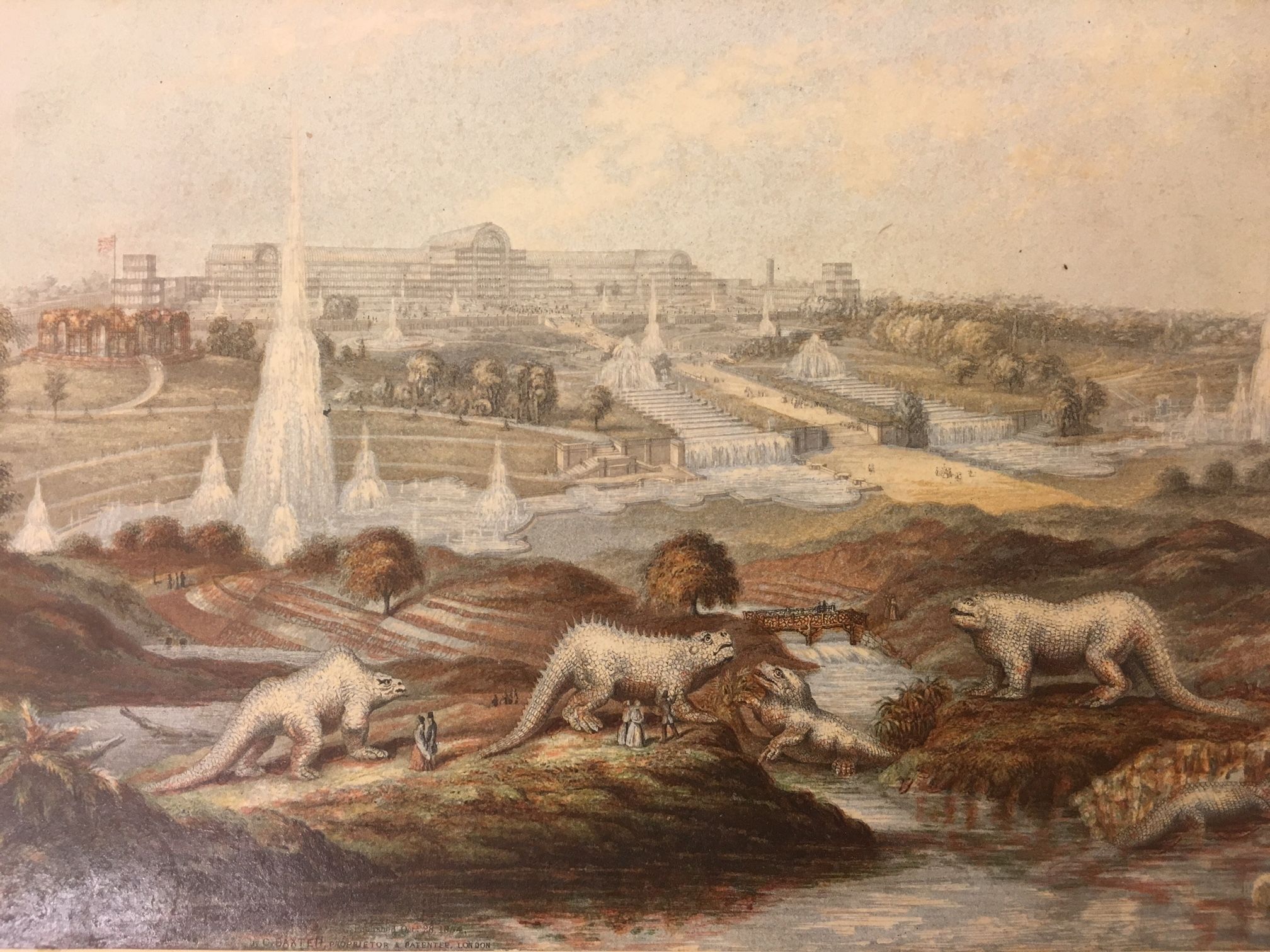
Source
This was in large part due to the fact that there was simply no adequate animal analogue that the naturalists of the day were aware of to use as a basis to model these novel creatures’ anatomy. There was no extensively constructed fossil record to provide an appropriate starting point. As such, early attempts at skeletal reconstruction used animals such as iguanas as a starting point and as you can see from the images being shown, the results ultimately left much to be desired.
Two decades later, in 1878 (Choo ’theconversation’ Article) the complete fossilized skeletons of 38 Iguanodons were discovered in Belgium. Once scientists could see the complete remains, a few mistaken assumptions became obvious. The supposed ‘nose-horn’ was actually a thumb claw, the forelimbs were clearly shorter than the hindlimbs (Choo), and subsequently, the entire animal’s posture no longer made sense as it was depicted in the Crystal Palace sculptures.
Unfortunately, since this was the first discovery of complete dinosaur fossils, there was still nothing in the record to provide a comparison, let alone a proper starting point to model anatomy. This led scientists to use wallabies and cassowaries as guides for their reconstruction (Choo). This resulted in a new depiction that would define dinosaurs from the late 1870s all the way to the late 1960s, which would be the beginning of the so called ‘Dinosaur Renaissance.’ Dinosaurs were now slow, bipedal, lumbering behemoths that dragged their tails behind them. This cultural depiction would remain so strong that it would even be this image of dinosaurs that would serve as a large basis for design of Godzilla in 1954.
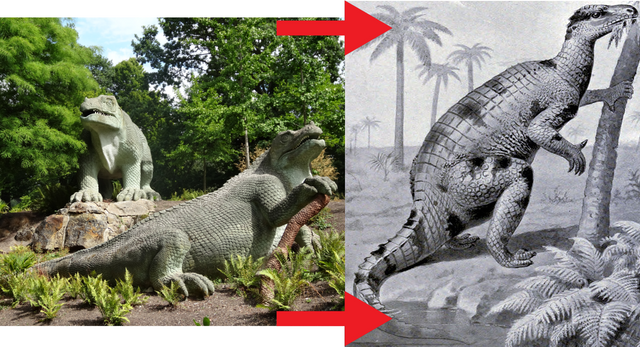
The scientific view of dinosaurs would undergo another revolution due to the advent of the Dinosaur Renaissance. The renaissance began with the 1964 discovery of Deinonychus by John Ostrom and his doctoral student, Robert Bakker. Bakker’s subsequent sketching of Deinonychus in dynamic poses, with bird-like musculature as opposed to the usual reptilian muscle structures (Choo) in addition to his work with Ostrom would fuel a new flurry of research into dinosaurs that continues to this day.
In the words of Dr. Darren Naish, “The ‘dinosaur renaissance… saw the flabby-bodied, tail-dragging behemoths of earlier decades be replaced by sprightly, athletic animals with big, bulging limb muscles, erect tails, and dashing patterns and colour schemes”(Naish, Scientific American). In the process, dinosaurs were transformed from slow, lumbering giants into highly diverse, dynamic creatures that can range from the giant Sauropods to the smaller but extremely agile Dromaeosaurs (which include the velociraptor) who were a family of Theropods, the suborder whose members would eventually evolve into birds. Bakker’s interpretation of dinosaur physiology was accepted and advanced by many prominent paleoartists of the time. This includes Greg Paul, whose visualizations would serve as the basis for most of the depictions of not only other artists, but of Jurassic Park – which helped shape the public’s perception of dinosaurs drastically. (Naish)
Also, sorry about ruining them for you, but for anyone who’s unaware, the ‘raptors’ in Jurassic Park are more roughly based on Deinonychus, although they more closely match Utahraptor, which was discovered shortly after the design of Jurassic Park’s raptors was conceived.
Robert Bakker’s book Raptor Red recounts an anecdote from his time consulting on Jurassic Park: ""Jim!" I yelled. [Jim being Dr. James Kirkland, one of the team who discovered Utahraptor] "You just found the giant raptor Spielberg made up for his movie." Jim thought I was daft. He didn't know about the other phone call I had gotten about giant raptors that morning. It was from one of the special effects artists in the Jurassic Park skunkworks ... the artists were suffering anxiety about what was to become the star of the movie—a raptor species that had never been documented by a real fossil. Just before Jim called, I'd listened to one artist complain that Spielberg had invented a raptor that didn't exist. ... He wanted hard facts, fossil data. "Yeah, a giant raptor's possible—theoretically. But you don't have any bones." But now Jim's Utahraptor gave him bones." As an aside, I personally think Velociraptor looked a bit more like a demonic chicken than a movie monster.
While we’re on that train of thought it should be noted that the evidence of the connection between birds and reptiles appeared a century before the dinosaur renaissance. The discoveries of Archaeopteryx, in 1861, and the toothed-birds Ichthyornis dispar and Hesperornis regalis, in 1872, showed reptilian birds developing into numerous forms. (Larson, pg 139) “Darwin’s Bull Dog” himself, Thomas Henry Huxley would even use Archaeopteryx as an example in the evolutionary connections between birds and reptiles. (Larson pg 140)
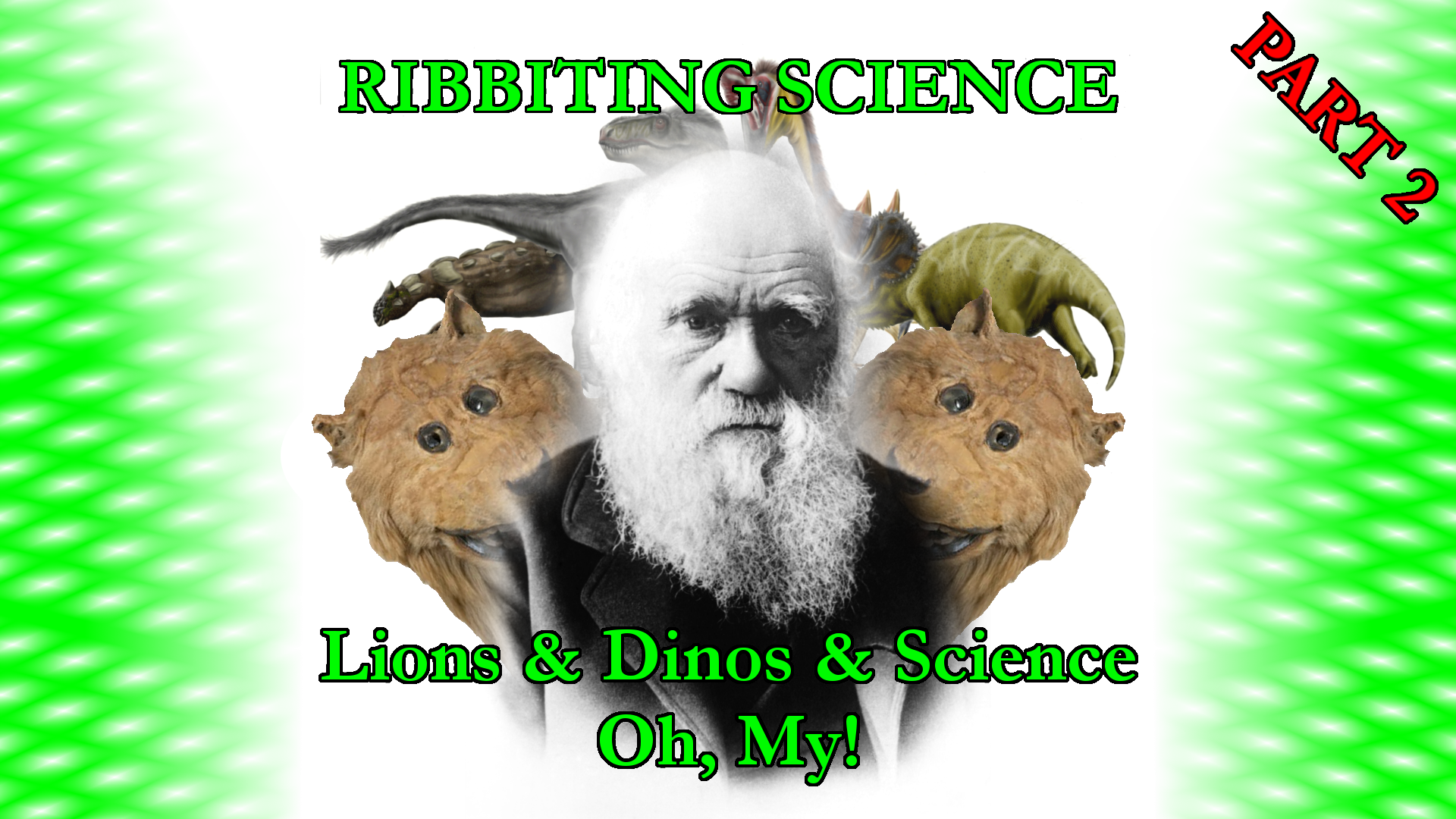
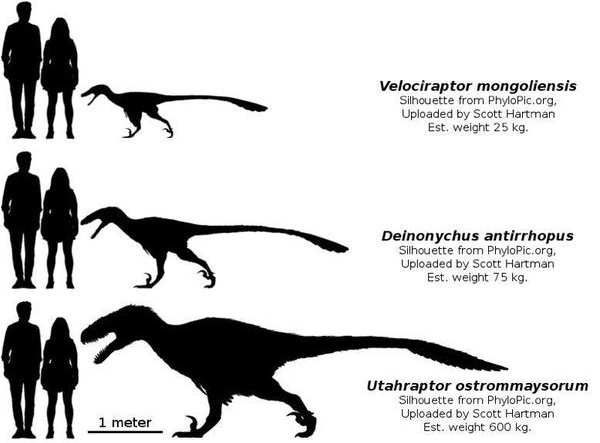
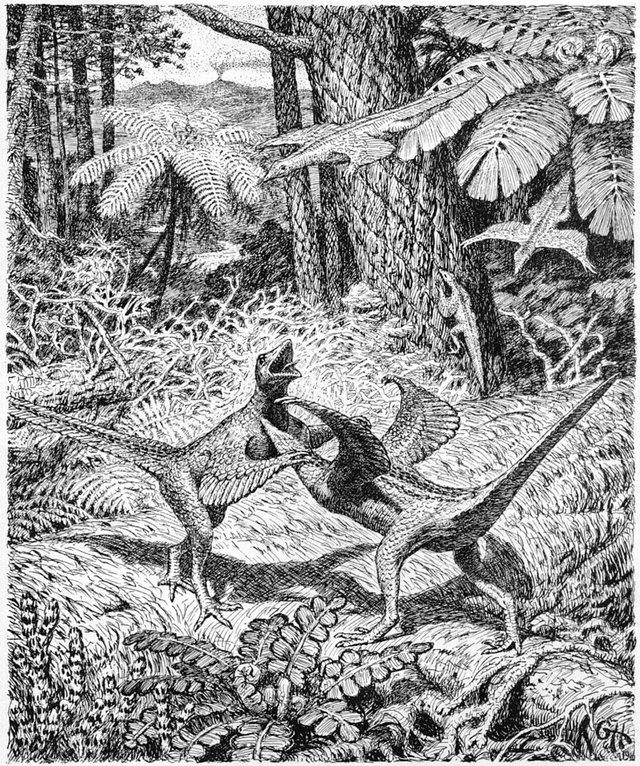
For Ease of Navigation:
Part 1: https://steemit.com/science/@ribbitingscience/lions-and-dinos-and-science-oh-my-part-1
Part 2: https://steemit.com/science/@ribbitingscience/lions-and-dinos-and-science-oh-my-part-2-dinosaurs
Part 3: https://steemit.com/science/@ribbitingscience/lions-and-dinos-and-science-oh-my-part-3-feathered-dinosaurs
Part 4: https://steemit.com/science/@ribbitingscience/lions-and-dinos-and-science-oh-my-part-4-pre-darwinian-evolution-and-conclusion